Delay for castle set to open as £39m attraction
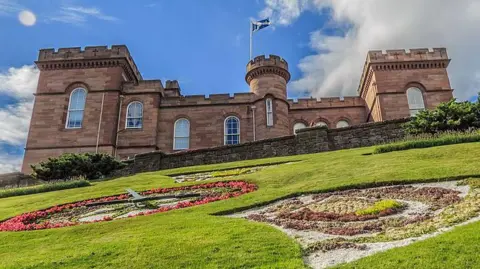 Getty Images
Getty ImagesThe opening of Inverness Castle as a new £39m tourist attraction has been delayed until later this year.
Work to redevelop the former sheriff court and prison started in 2022 and was expected to be completed this summer.
The Inverness Castle Experience, which involves Highland Council and Highlife Highland, said it was a complex and specilised project.
It said the main construction phase was ongoing but nearing completion.
Councillor Ian Brown, who is co-chairman of the Inverness Castle delivery group, said it was a landmark project for the Highlands.
He said: "This is a complex project - it involves a unique blend of historic architecture, modern building techniques and innovative exhibits.
"The teamwork between contractors, designers and fit-out specialists has been commendable, especially considering the challenges with workforce availability."
Mr Brown added: "With construction drawing to a close, we are moving into the final phase with energy and clear focus."
The cost of the work is being covered by £34.5m in funding, including £30m from the Inverness and Highland City Region Deal, and £5.5m in borrowing.
The borrowing is to be repaid from the castle's revenue.
What does the castle look like just now?
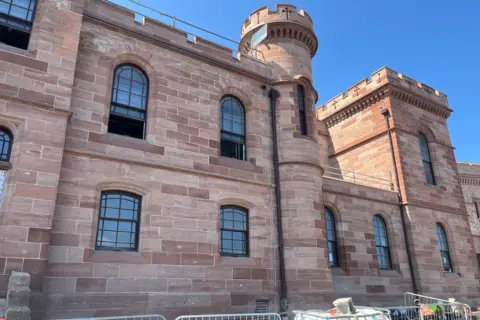
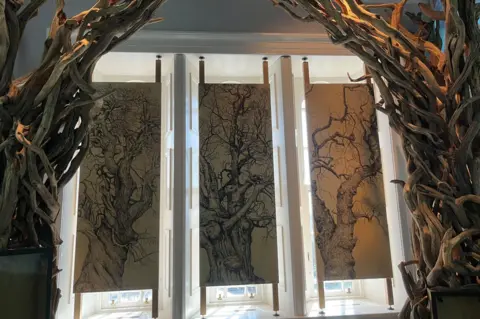
Once open, visitors will be able to take an interactive journey through the castle and learn about the history and legends of the Highlands.
Younger people will be offered the chance to follow a virtual guide - a dog called Cuillin.
The castle will also have a bar and bistro.
Earlier this year, an information day was held on jobs being created at the castle.
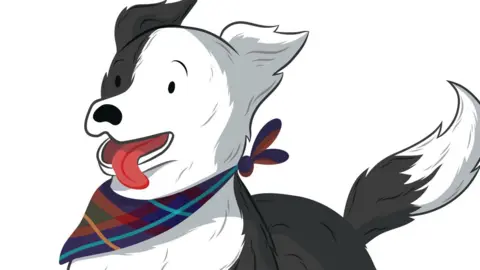 Inverness Castle Experience
Inverness Castle ExperienceThe Scottish Courts and Tribunal Service moved out of the castle in 2020.
In February, public agency Highlands and Islands Enterprise (HIE) put an extra £863,000 towards the cost of the building's transformation.
The additional funding brought HIE's total investment in the project to £2.86m.
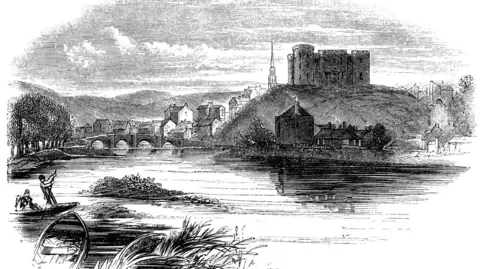 Getty Images
Getty ImagesThe sandstone Inverness Castle was built in 1830s and 40s to plans drawn by architect William Burn.
It was constructed on Castle Hill, which overlooks the city and the River Ness.
The property's North Block served as a prison.
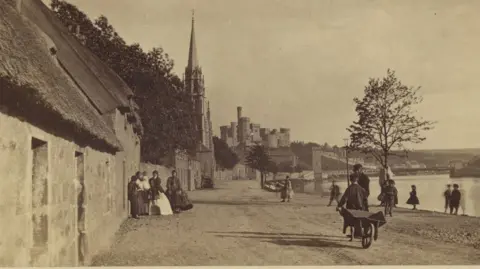 Getty Images
Getty ImagesBut a castle had occupied the site from possibly as far back as the 11th Century.
Over the centuries, the fortification fell under the control of the forces of Edward I, Robert the Bruce and James I, II and IV.
In 1562, it was attacked and damaged by soldiers loyal to Mary, Queen of Scots, before it was almost destroyed by Royalist troops in the 1600s.
Bonnie Prince Charlie's forces blew the castle up in 1746 to prevent it from falling into the hands of government troops.
It was said that a French sergeant, who had brought his poodle with him to Scotland, set off the explosives.
The soldier was caught in the blast, and his body was blown across to the opposite side of the River Ness. His dog survived.
